The Legend of Zelda franchise is famously nostalgic as it continually references its own titles, lore, and characters with each new game, and The Legend of Zelda: Breath of the Wild has more Easter eggs than any other title. As Nintendo has stated rather ambiguously that BOTW is situated at the end of Zelda’s timeline, it makes sense for its iteration of Hyrule to be full of references, connections, and even some areas that are nearly identical to those of other games. Breath of the Wild focuses heavily on environmental storytelling, weaving much of its own lore into Hyrule itself as well as the numerous Easter eggs that can be found throughout the world.
Many locations in Breath of the Wild’s Hyrule are named after characters of the past, and the developers often include environmental details that make the connection clearer. Even the Divine Beasts’ names are derived from heroes and champions of Hyrule’s past, such as Vah Ruta’s reference to Ocarina of Time’s Princess Ruto and Vah Rudania’s anagram name of Darunia, the Goron chief. These Easter eggs may just be Nintendo’s way of incorporating nostalgia into their game design, but it’s also possible that the nomenclature of these locations suggests that Hyrule’s lore lives on in-game in the culture of each iteration of Zelda’s setting.
With the ambiguous nature of the Zelda timeline and Breath of the Wild’s place within it, it’s nearly impossible to tell whether these Easter egg areas are little more than Nintendo’s loving callbacks to past games, or if they carry greater significance. While some locations only reference a character by name, others are faithful replicas of entire areas found in other games, leading some to believe that these areas are, in fact, the same locations, or retain some connection throughout different times in Hyrule’s history. However, regardless of their true nature on Zelda‘s timeline, these Easter eggs can pack a nostalgic punch and remind players of some of their favorite places and people from the rest of the series.
BOTW’s Lurelin Village Layout Matches Outset Island From Wind Waker
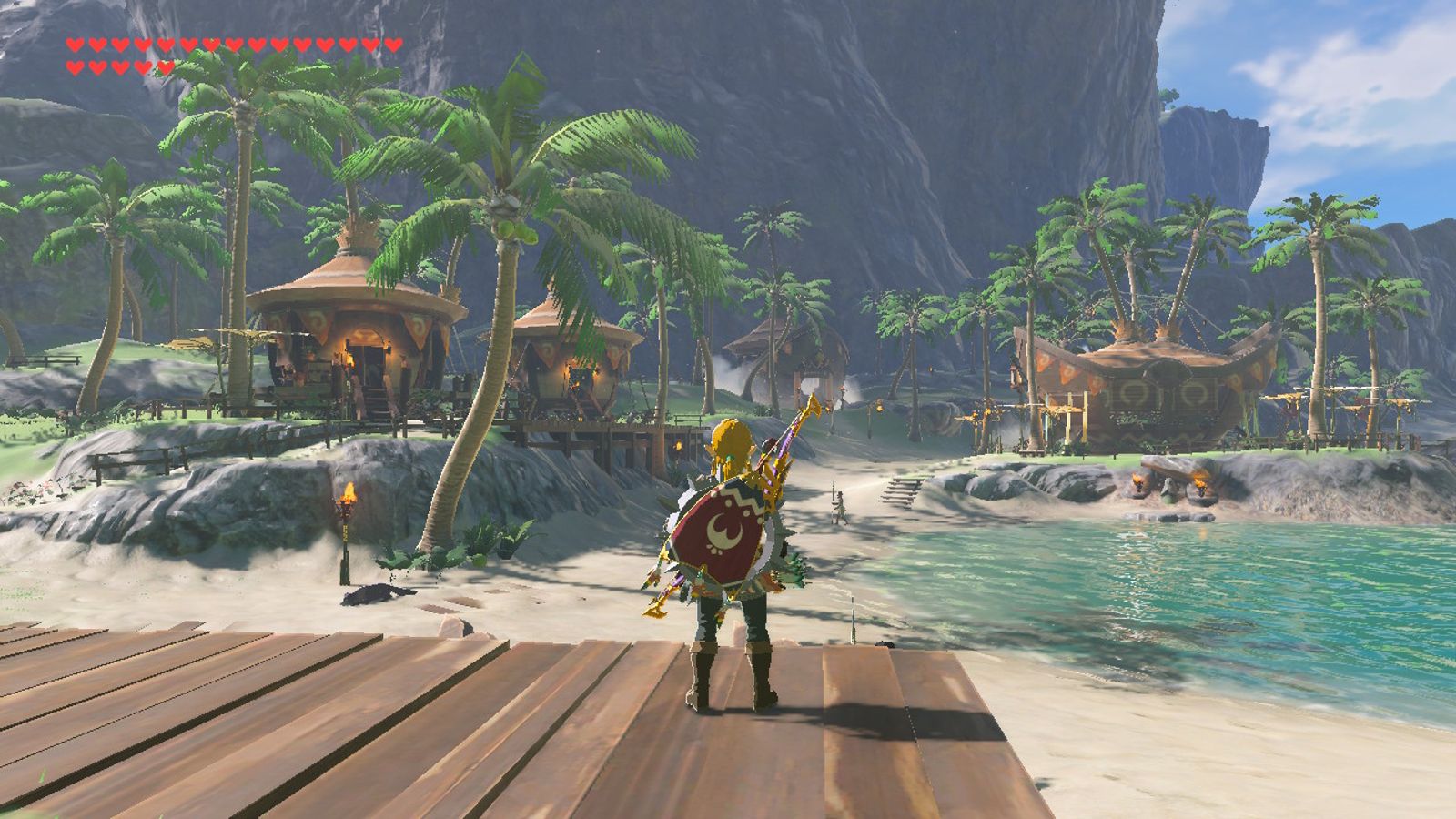
While the two locations don’t share names, the layout of Breath of the Wild’s charming seaside Lurelin Village is nearly identical to that of Wind Waker’s starting zone, Outset Island. Not only is Outset Island’s classic lookout post the exact same height and position in Lurelin Village, but the view from the top is strikingly similar aside from the fact that Outset Island has experienced significantly more flooding.
Like Wind Waker’s Outset Island, Lurelin Village is a serene and peaceful area far removed from the Calamity and most of the game’s main story on the southern coast of Hyrule. While this area is far removed from the overarching post-apocalyptic plot of Breath of the Wild, it’s a nostalgic replica for Wind Waker fans, and some theorize that the similarities could suggest a connection between the two games’ timelines.
Arbiter’s Grounds From Twilight Princess Appear In BOTW’s Gerudo Desert
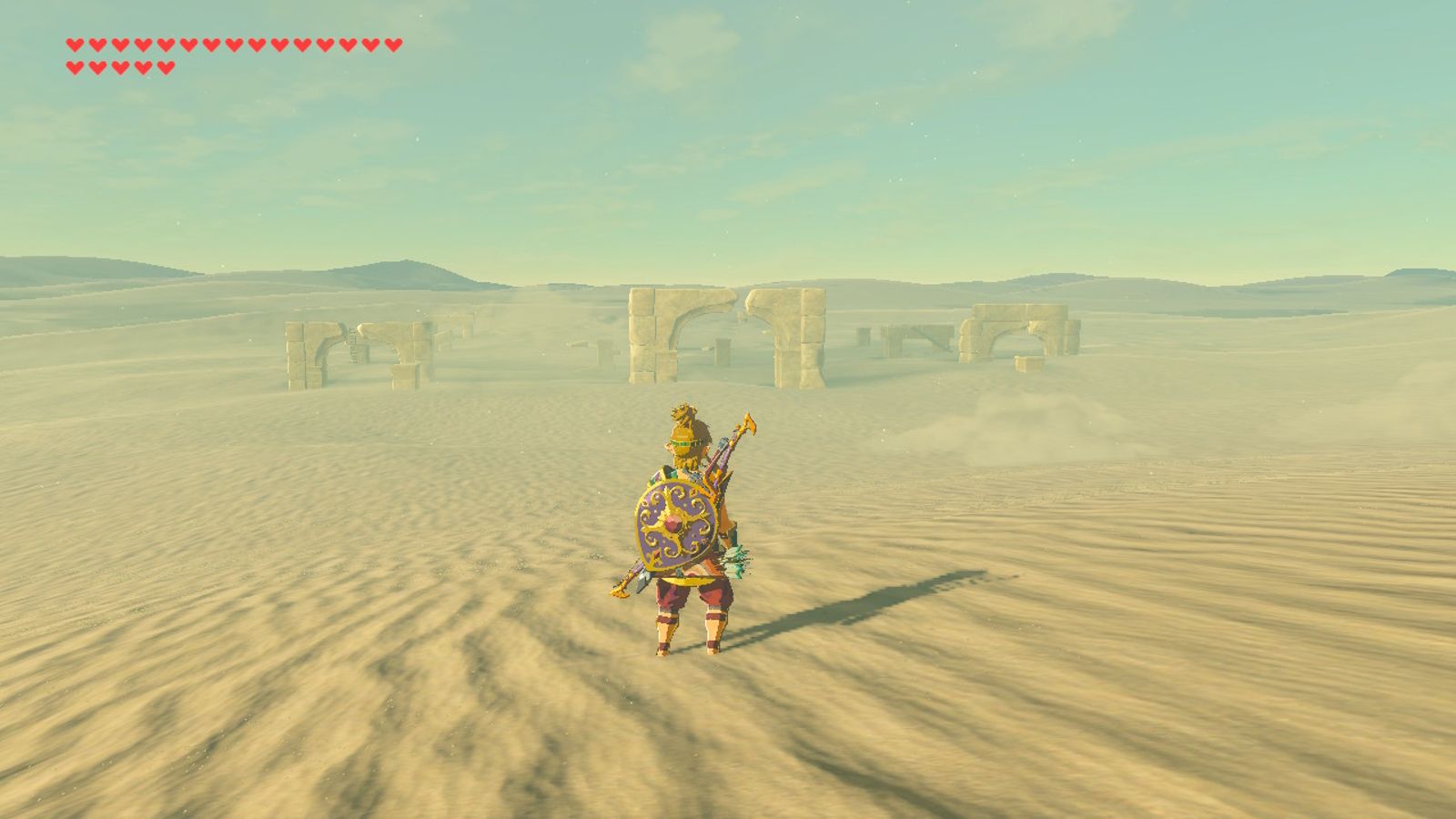
While it’s unconfirmed whether or not the ruins of the Arbiter’s Grounds in Breath of the Wild are, in fact, the same Arbiter’s Grounds as the dungeon from Twilight Princess, fans speculate that the two may share a connection beyond their name. With the reveal of Ganondorf’s mummified corpse in the Breath of the Wild 2 trailer and its resemblance to Twilight Princess’ incarnation of Ganondorf, it’s possible that the actual prison that once held him may have made an appearance in Breath of the Wild.
The Great Calamity that took place 10,000 years before the events of Breath of the Wild would have happened long after the events of Twilight Princess if, as the developers have said, Breath of the Wild comes at the end of the Zelda timeline, and the ruined remains of the Arbiter’s Grounds would certainly stand testament to that. Whether the structure was destroyed or buried beneath the desert sands, there’s unfortunately too little remaining to tell if it could be the same structure, but the Easter egg is nevertheless a firm nod to Twilight Princess.
The Temple of Time Returns From Ocarina of Time In BOTW
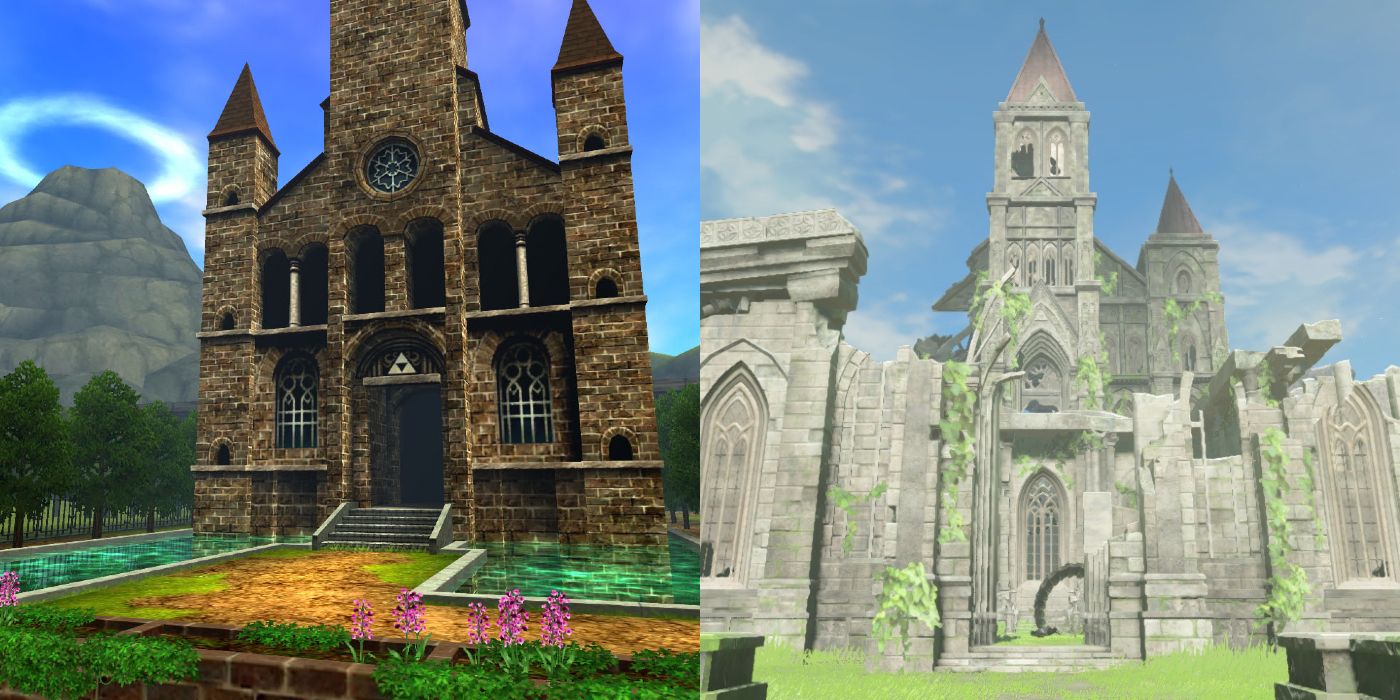
One of the first structures that greets players at the beginning of Breath of the Wild is the familiar Temple of Time, which rests near the Shrine of Resurrection on the Great Plateau. While it has fallen to ruin after the Calamity and is overrun with broken Guardians, the exterior of the building is almost identical to the Temple of Time from Ocarina of Time. Like many of the game’s remade or Easter egg locations, the position of the Temple doesn’t match its location in Ocarina of Time, but the resemblance is undeniable. However, in addition to its ruined state, the interior of the Temple is completely different than Ocarina’s, featuring several Goddess statues rather than the Master Sword pedestal, but players who listen closely can still hear the “Song of Time” playing inside.
Ocarina Of Time’s Lon Lon Ranch Has Become BOTW’s Ranch Ruins
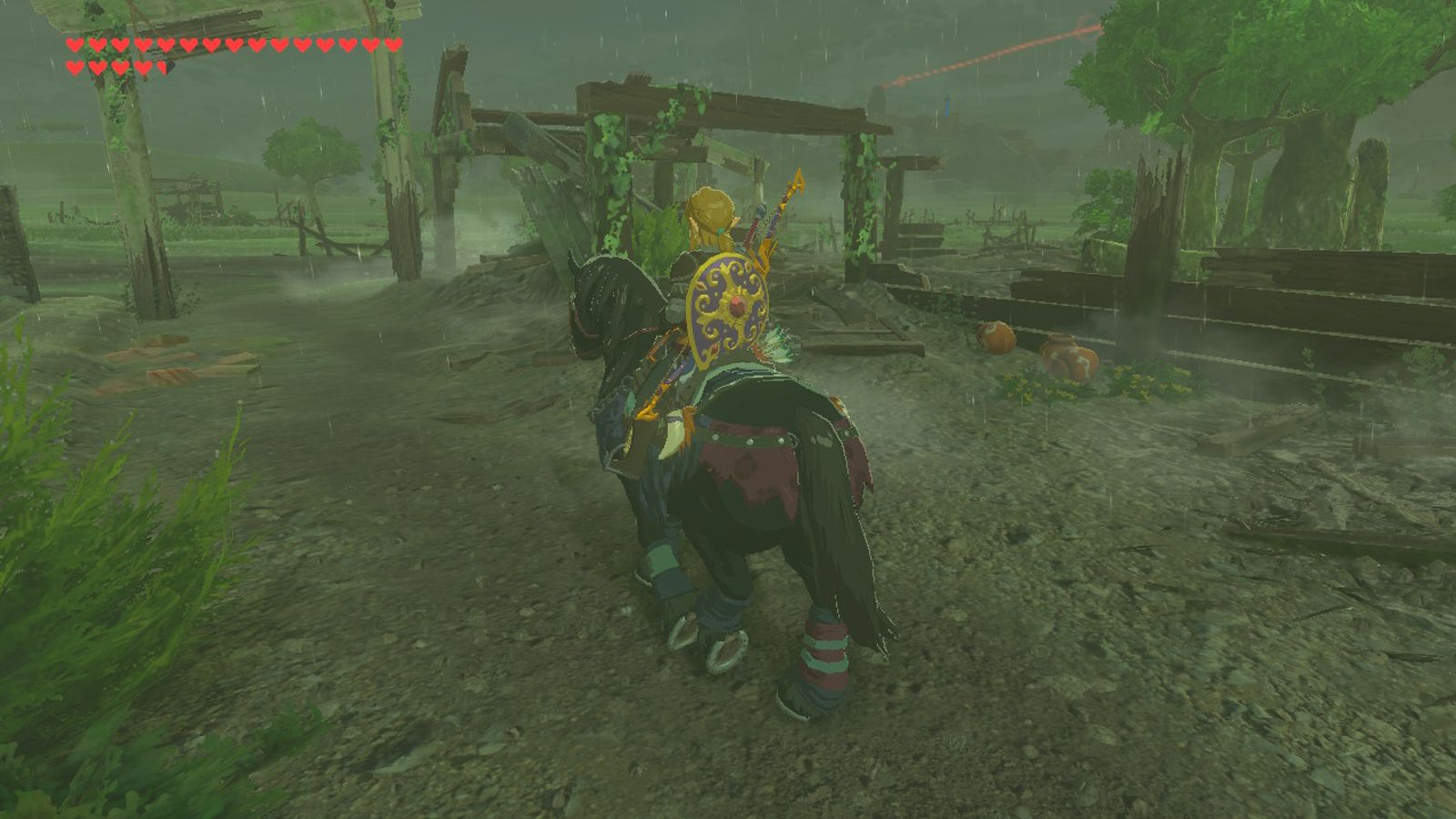
South of Hyrule Castle, the Ranch Ruins are nothing more than some burnt and decrepit old ruins at first glance. However, upon closer examination, Ocarina of Time players may recognize the layout of the fences as the very same horse track where they raced for Epona. What’s left of the ranch is a replica of Lon Lon Ranch from Ocarina of Time, right down to the stone tower marking outside of the track. This Easter egg location in BOTW may pack an extra punch for nostalgic fans who remember the feeling of finding that Lon Lon Ranch had fallen into Ingo’s hands after Ganondorf’s rise to power as the Calamity of Hyrule Castle looms close to the familiar Ranch Ruins.
Majora’s Mask’s Zora Band Is Memorialized In BOTW’s Lakes
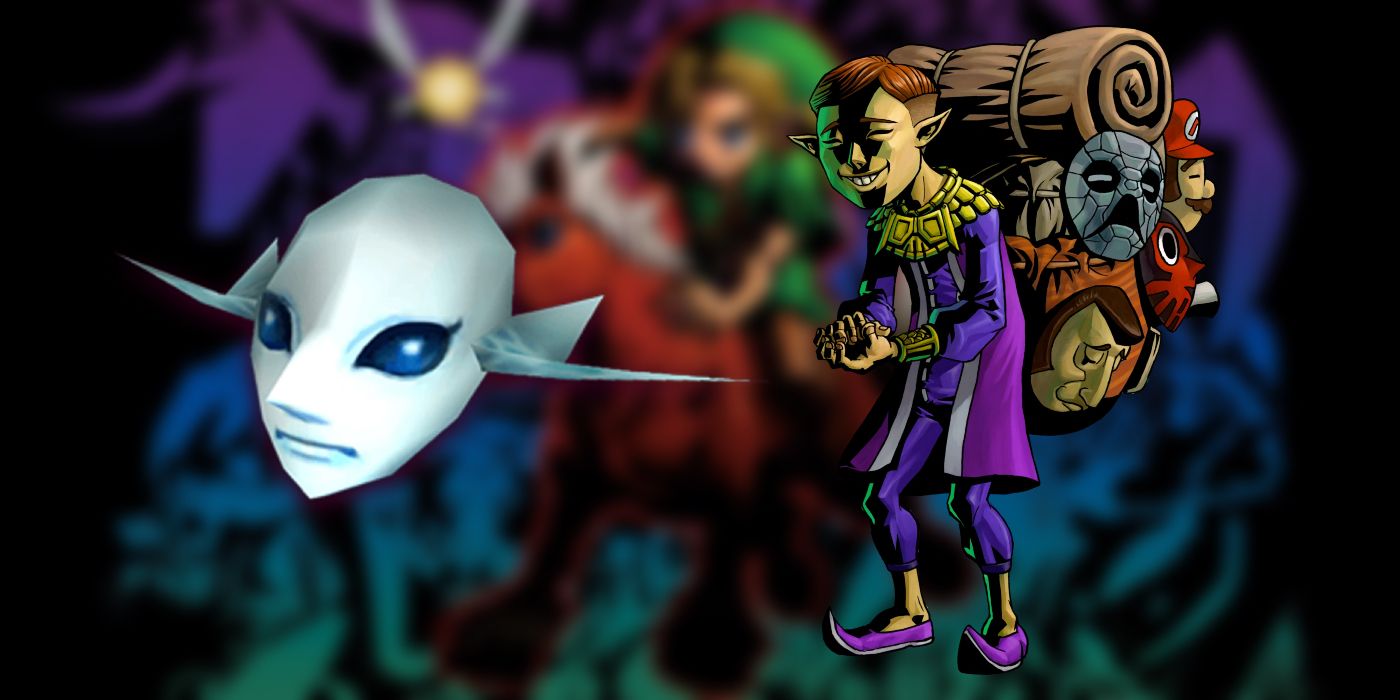
Zora’s Domain is rich with Easter eggs, and most of its locations reference famous Zora of the past, including Prince Ralis from Twilight Princess and Queen Oren from A Link Between Worlds. There are several lakes in the Lanayru region whose names reference the members of the Zora Band in Majora’s Mask, the Indigo-gos. Mikau Lake, Lulu Lake, and Toto Lake can be found just north of Zora’s Domain, memorializing the Zora guitarist, singer, and drummer that Link helped by recovering Lulu’s eggs so she could sing again.
Not only did these characters play a crucial role in the three-day cycle in which Link summons the giant of the Great Bay Temple, but Mikau is also the Zora who Link transforms into after he obtains the Zora Mask by playing Mikau the “Song of Healing.” Whether their fame made their names known centuries after the events of Majora’s Mask or the lakes’ nomenclature is nothing more than another nod from Nintendo, it’s one of the game’s more subtle Easter eggs that’s easy to miss on the way to calm Divine Beast Vah Ruta.
BOTW’s Lake Saria & Mido Swamp Reference Ocarina of Time’s Kokiri
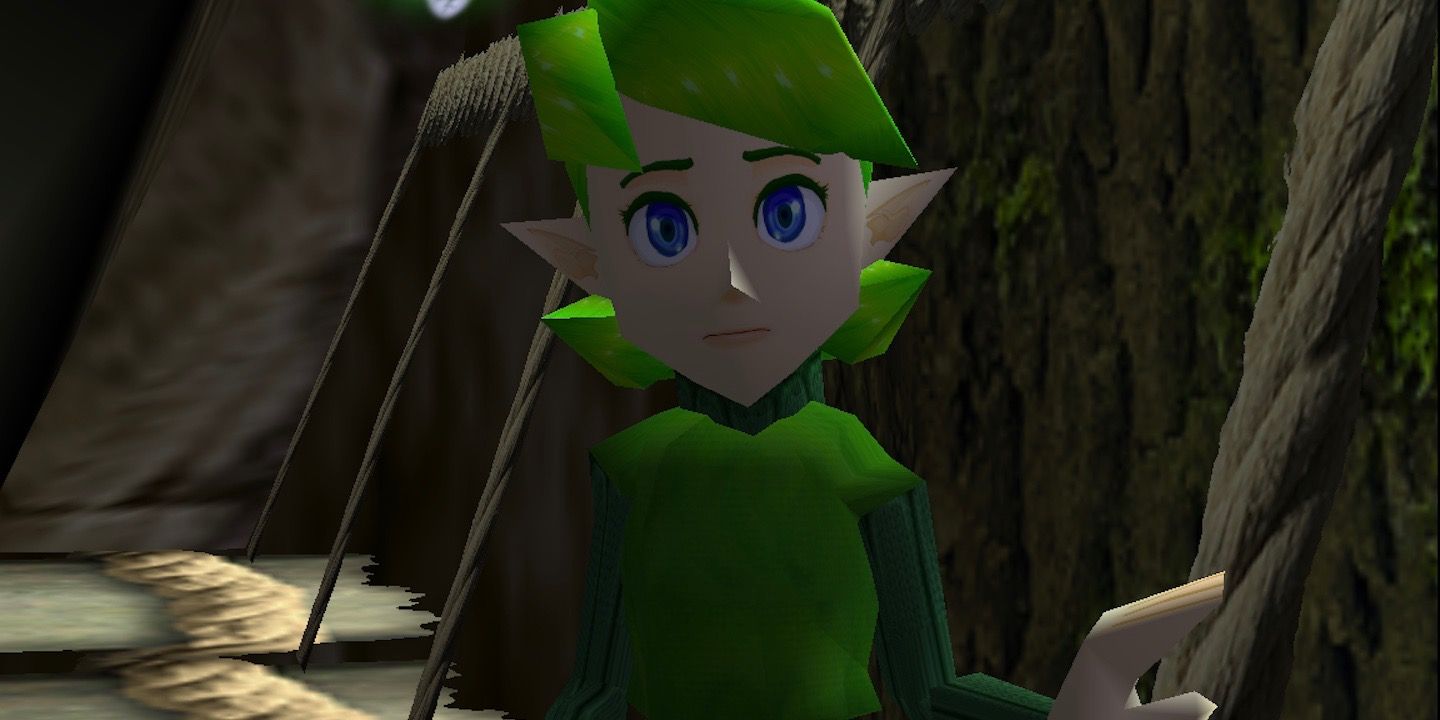
Ocarina of Time begins in the Kokiri Forest where Link was raised as a child, making Saria and Mido two of the first characters that players interact with when they start the game. As each of these characters play crucial roles in Link’s visits to the Kokiri Forest, they’ve each earned locations named after them within Breath of the Wild’s own version of the Lost Woods. As Link’s best childhood friend and the Sage of the Forest, Saria is one of Ocarina of Time’s most recognizable characters and the composer of “Saria’s Song,” which has become a classic theme throughout many Zelda titles.
Mido, on the other hand, hated Link and gave him trouble throughout much of Ocarina of Time, and his namesake swamp is a testament to his grumpy mood and hostile attitude. Both of these locations play key roles in the Korok Trials that Link can complete as one of Breath of the Wild’s 76 Side Quests, an homage to the themes of growth and transition to adulthood that are present with the ever-young Kokiri of Ocarina of Time and their Korok descendents.
BOTW’s Spring of Power Calls Back Skyward Sword’s Earth Spring
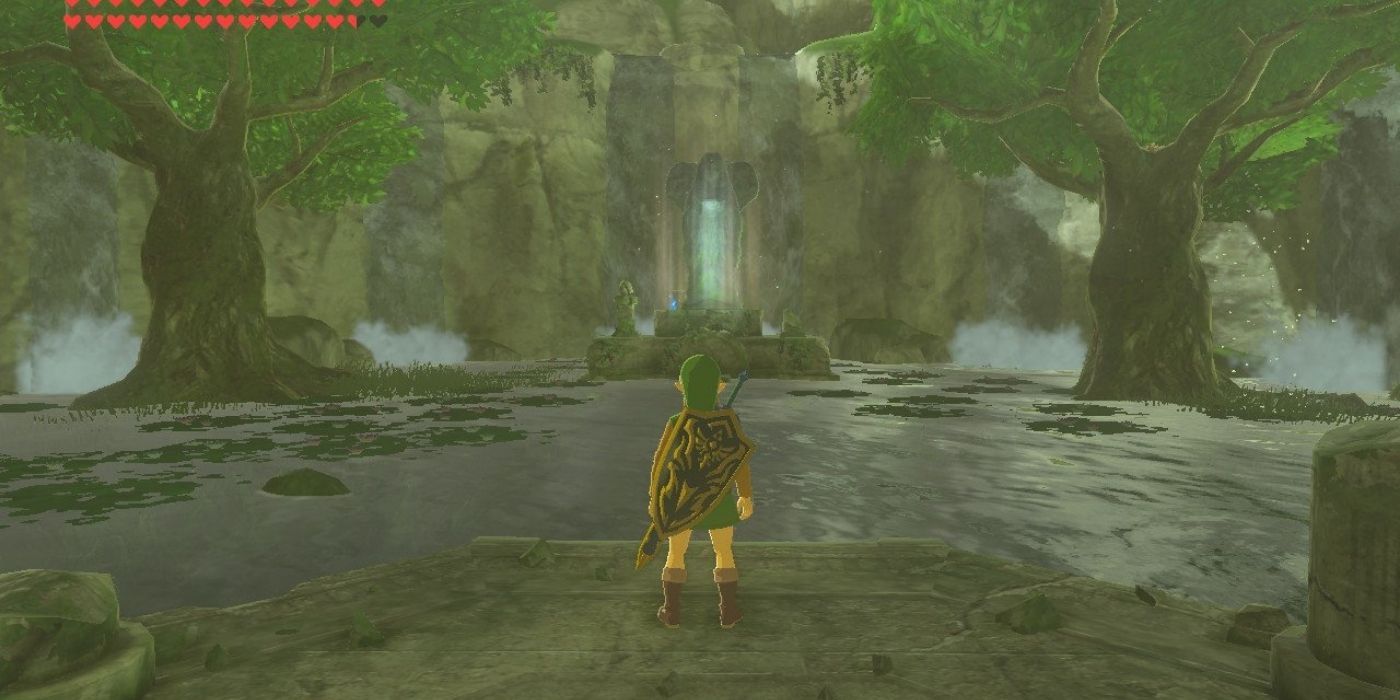
Breath of the Wild’s Spring of Power is a ruined replica of Skyward Sword’s Earth Spring where Zelda began her journey to cleanse herself and realize her power as the reincarnation of the Goddess Hylia. It was here that Link first encountered Impa, who pushed him to conquer the goddess’ challenges in order to help and protect Zelda as the Chosen Hero. Centuries later, Breath of the Wild’s incarnation of Zelda struggled to awaken the power of the goddess within her and visited the Spring of Power in a failed attempt to make the ancient gods answer her prayers.
While this Spring has fallen into disarray by the time Zelda engages in this ritual, its architecture is exactly the same as the Earth Spring in Skyward Sword, including the waterfalls in the background, the winged ornaments on the pillars, and the platform where Zelda and Impa had once been found. If this is, in fact, the very same spring, it’s possible that Breath of the Wild’s sequel may revisit this area as players return to Hyrule’s skies, opening an opportunity for the lore of both games to overlap even more.




